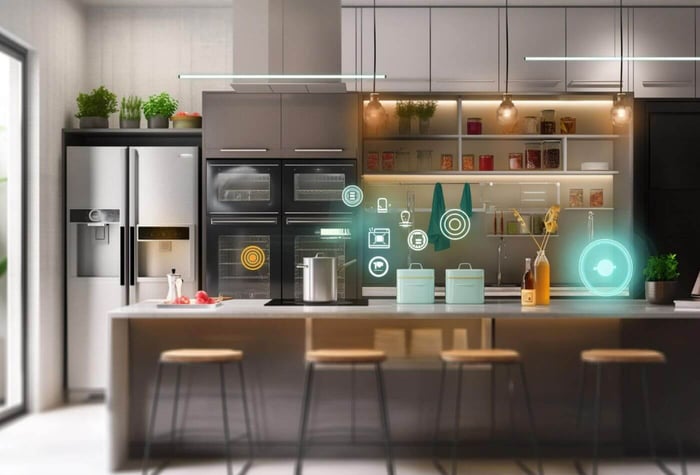
Smart home tips for greener living: Transform Your Space into an Eco-Friendly Haven
Share
In today's world, where technology is advancing at a breakneck speed, creating a greener living space is more attainable than ever. The concept of a smart home not only enhances convenience but also contributes significantly to sustainable living. By integrating smart home tips for greener living, tech professionals and enthusiasts can transform their spaces into eco-friendly havens.

Why Choose Smart Home Solutions?
Smart home technology is not just about convenience; it's about making a substantial positive impact on the environment. By utilizing such technology, you can dramatically reduce your carbon footprint. For instance, consider how smart thermostats can optimize energy usage, thus lowering both utility bills and energy consumption. With the help of smart home tips for greener living, you can make your home more energy-efficient and reduce your environmental impact significantly.
The Role of IoT in Sustainable Living
The Internet of Things (IoT) plays a crucial role in achieving a greener lifestyle. IoT devices can automate and optimize daily tasks, reducing energy consumption and waste. For example, IoT and sustainable living go hand in hand as these devices ensure that energy is used only when necessary, cutting down on wastage.
Smart Lighting Solutions
Smart lighting is one of the easiest ways to start transforming your home. These systems allow you to control the brightness and color of your lights remotely, ensuring they're used only when needed. This not only saves energy but also prolongs the lifespan of your bulbs, reducing waste.
Efficient Water Management
Water is another critical resource where smart technology can make a significant impact. Smart irrigation systems, for instance, can adjust watering schedules based on weather forecasts, ensuring that water is not wasted. Moreover, leak detection systems can identify leaks early, preventing water wastage and potential property damage.
Implementing Smart Appliances
Smart appliances are becoming increasingly popular for those looking to live more sustainably. From refrigerators that can notify you when you're low on groceries to ovens that can be preheated remotely, these devices offer convenience and efficiency. The integration of such appliances is a crucial step in applying smart home tips for greener living.
Energy Monitoring Systems
One of the most effective ways to reduce energy usage is through monitoring. Smart energy systems can track and report the energy consumption of individual devices, allowing you to identify and address energy hogs in your home. The insights gained from these systems can guide you in making informed decisions about energy use.
Automation: The Key to Efficiency
Home automation is at the heart of smart home technology. Automated systems can manage everything from lighting and temperature to security, ensuring that your home operates at peak efficiency. Learn how automated systems contribute to sustainable living and enhance your home's eco-friendliness.
Smart Security Systems
While security may not be the first thing that comes to mind when considering eco-friendly living, smart security systems can play a role in energy conservation. By integrating sensors and cameras that operate only when necessary, these systems minimize energy use while ensuring your home remains secure.
For more innovative ideas on home automation, explore home automation ideas that can further enhance your sustainable lifestyle.
Conclusion
Incorporating smart home tips for greener living is a step towards a more sustainable future. By leveraging technology, you can create a home that is not only convenient and secure but also environmentally friendly. The integration of smart technologies is a powerful tool in reducing your environmental impact and achieving a more sustainable lifestyle.

Frequently Asked Questions (FAQ)
What are the benefits of smart home technology for the environment?
Smart home technology reduces energy consumption, decreases waste, and lowers carbon footprints by optimizing the use of resources.
How can I start implementing smart home solutions?
Begin with simple steps like installing smart lighting and thermostats, and gradually integrate more complex systems like energy monitoring and smart appliances.
Are smart home devices cost-effective?
While the initial investment may be higher, the long-term savings on utility bills and reduced energy consumption make smart home devices cost-effective.
